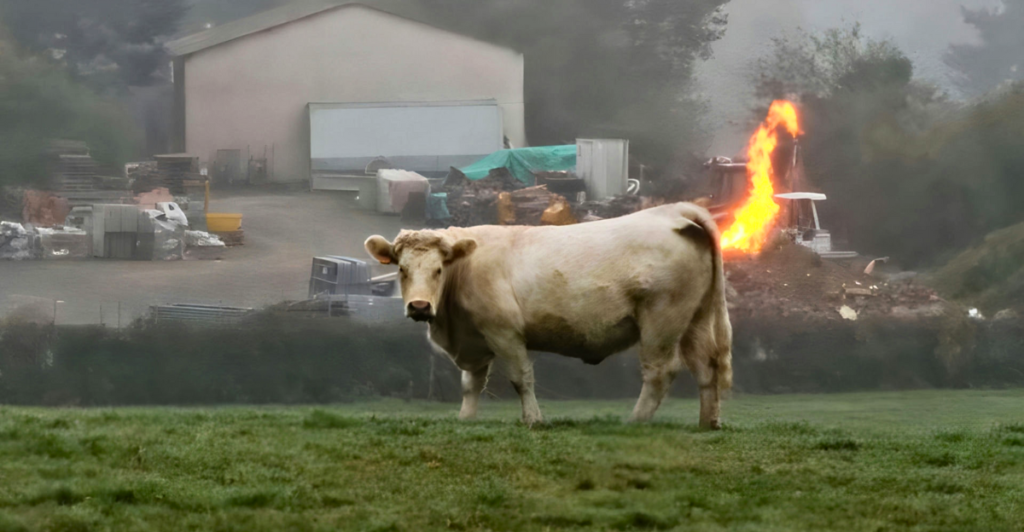
When it comes to greenhouse gases, cows are the unexpected culprits. Their digestive process produces methane—a gas with a global warming potential 84 times greater than carbon dioxide over a 20-year period. In the United States, methane emissions from cattle account for about 33% of agricultural greenhouse gas emissions. This isn’t just a load of hot air. It’s a significant contributor to climate change.
Enter AI: The New Farmhand
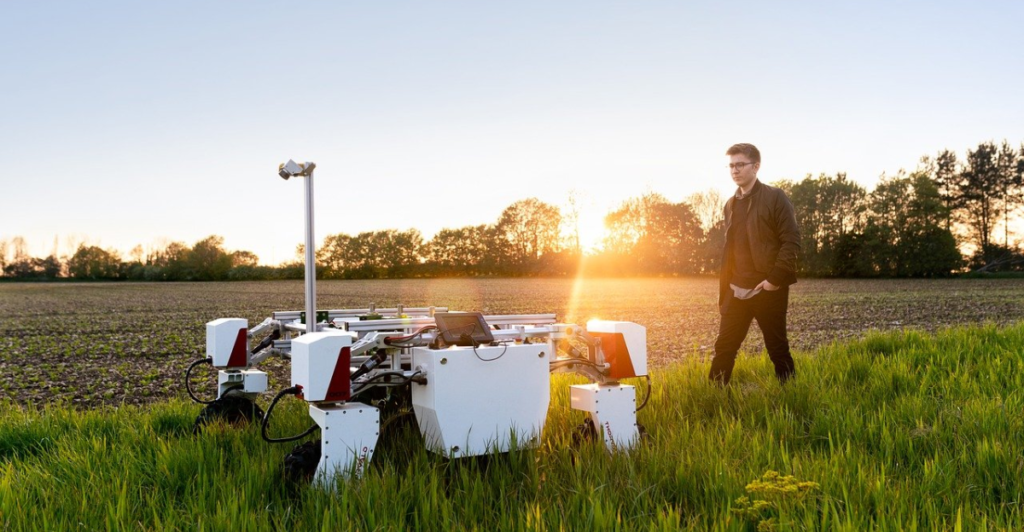
Artificial Intelligence (AI) is stepping into the barnyard, offering innovative solutions to reduce bovine methane emissions. By analyzing complex data sets, AI can identify patterns and predict outcomes that were previously beyond our reach. This technological approach is revolutionizing how we tackle environmental challenges in agriculture.
Microbial Matchmaking: AI And The Rumen
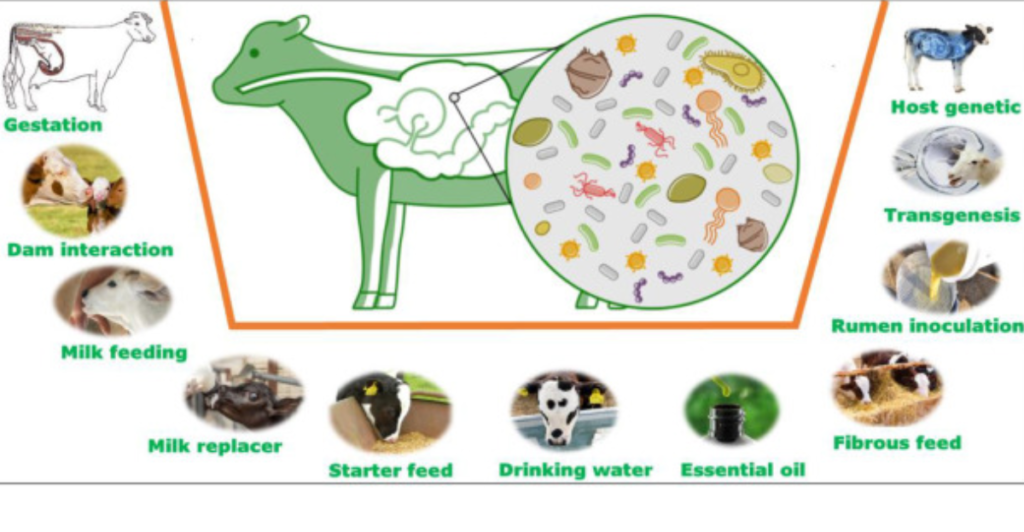
The cow’s rumen—the largest of its four stomach compartments—is home to a diverse microbial community responsible for breaking down food and producing methane as a byproduct. Scientists are now using AI to analyze the rumen microbiome, aiming to identify compounds that can inhibit methane production without harming the cow. This approach accelerates the discovery of effective solutions.
Feed Additives: A Personalized Approach
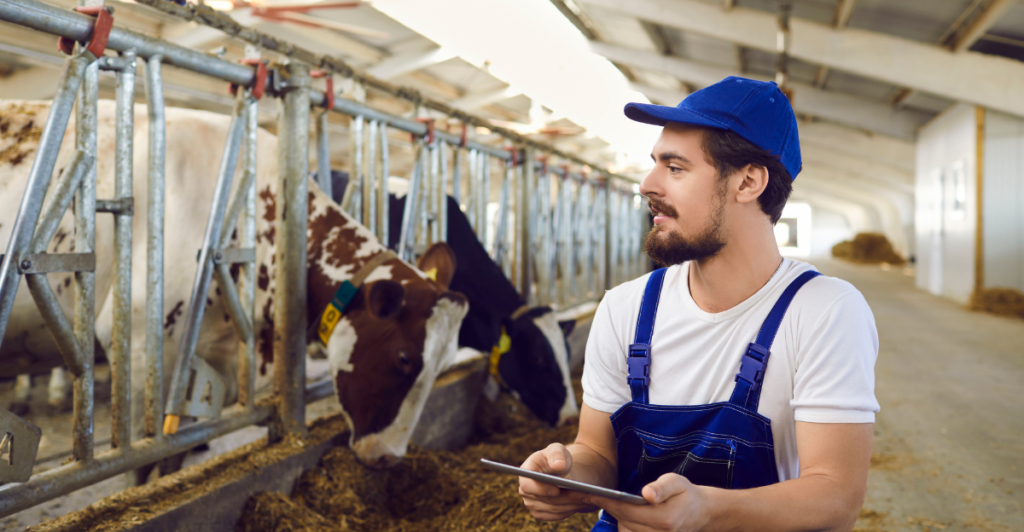
Not all cows are created equal, and neither are their diets. Companies like Metha.ai are leveraging AI to provide personalized feed additive recommendations for each herd. By analyzing rumen microbiome samples, their AI-driven analytics can suggest specific additives to reduce methane emissions and improve milk and meat production.
Predictive Modeling: Foreseeing Flatulence
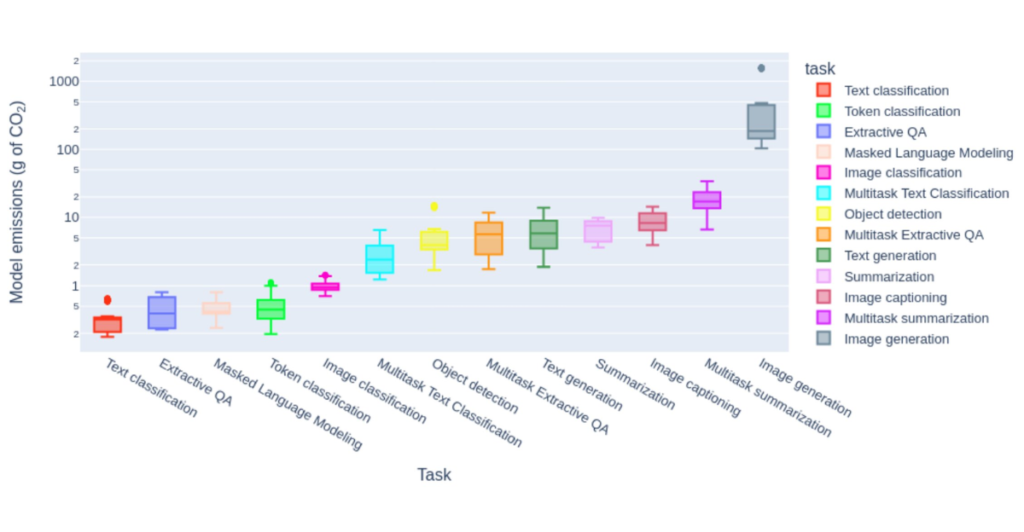
AI’s predictive capabilities are being harnessed to model the efficacy of various feed additives. By simulating how different compounds interact with the rumen microbiome, researchers can forecast their impact on methane production. This method streamlines the identification of promising additives, saving time and resources.
Generative AI: Crafting New Compounds
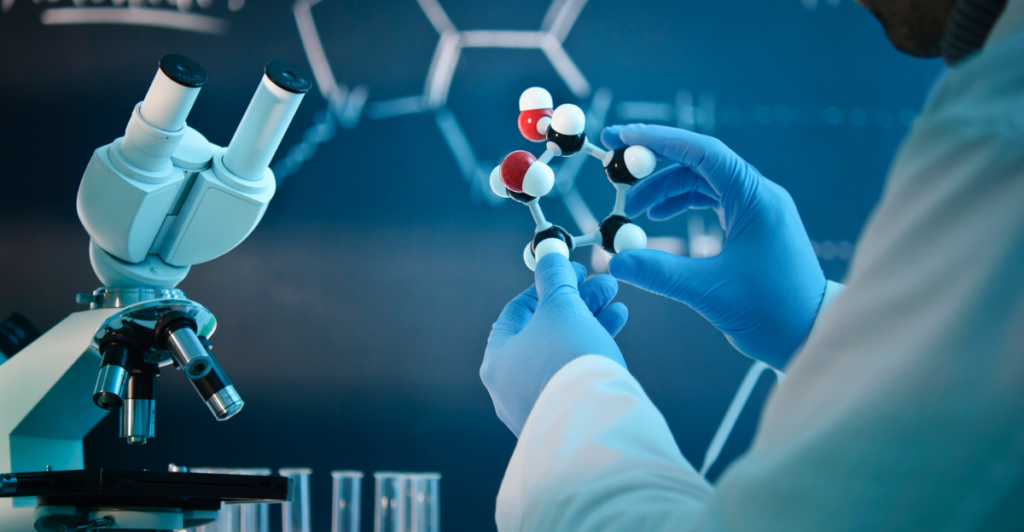
Generative AI is being used to design novel molecules that can inhibit methane production in cows. By analyzing the properties of known inhibitors, AI can suggest new compounds that are safe, scalable, and effective. This accelerates the development of solutions to reduce enteric methane emissions.
Global Test Beds: Australia Leading The Way
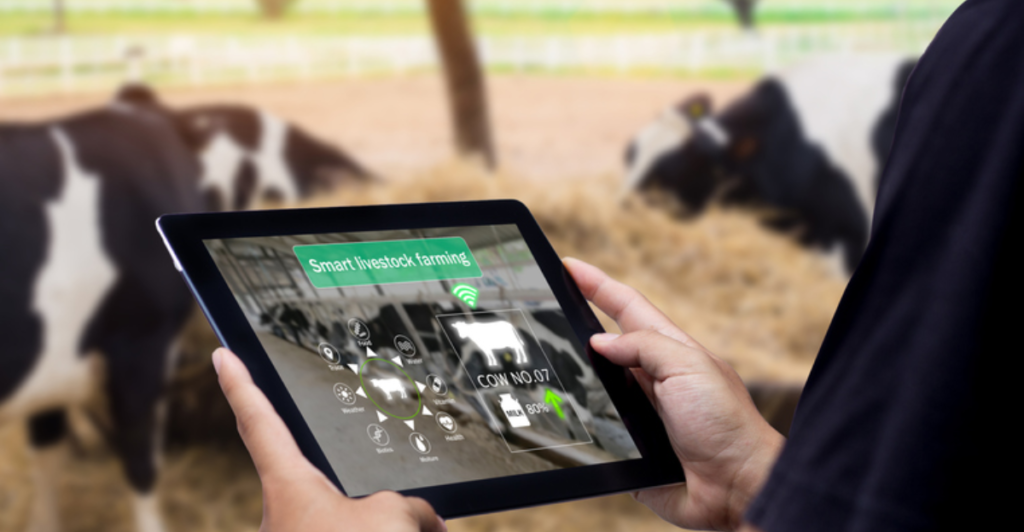
Australia is becoming a leader in agricultural technology by integrating sensors, AI, and robotics to increase farming efficiency and sustainability. Farmers are using Australian-made sensors to monitor their cattle, minimizing carbon emissions and methane. The country’s vast agricultural system and minimal subsidies drive innovation, supported by a culture of risk-taking among farmers.
Empowering Smallholder Farmers: AI For All
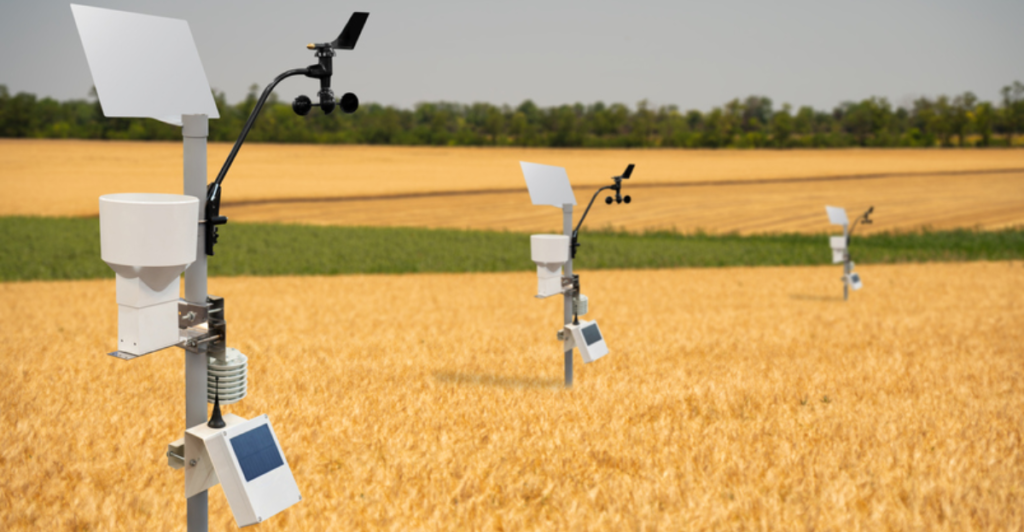
Empowering smallholder farmers with AI tools can significantly enhance global food security by enabling climate resilience. In India, AI-powered weather forecasts have reduced debts and increased farmers’ savings, prompting initiatives to extend such capabilities across Asia, Africa, and Latin America. Despite success stories, many smallholder farmers lack access to advanced agricultural solutions due to inadequate resources and climate finance.
The Seaweed Solution: Nature’s Gift
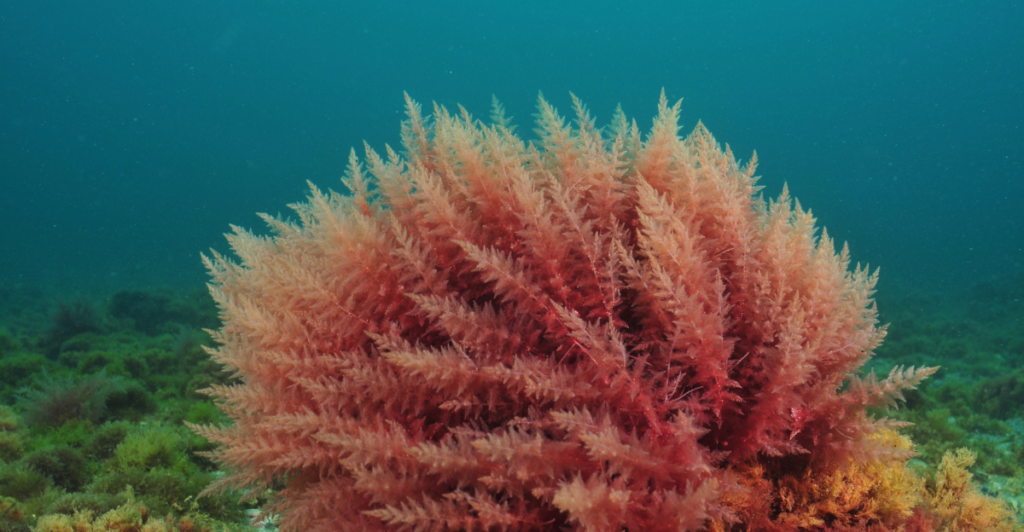
Seaweed, particularly certain red algae, has been found to significantly reduce methane emissions when added to cattle feed. AI is aiding in identifying the most effective types of seaweed and optimal feeding strategies, ensuring that this natural solution is both effective and sustainable.
Monitoring Emissions: The Digital Nose
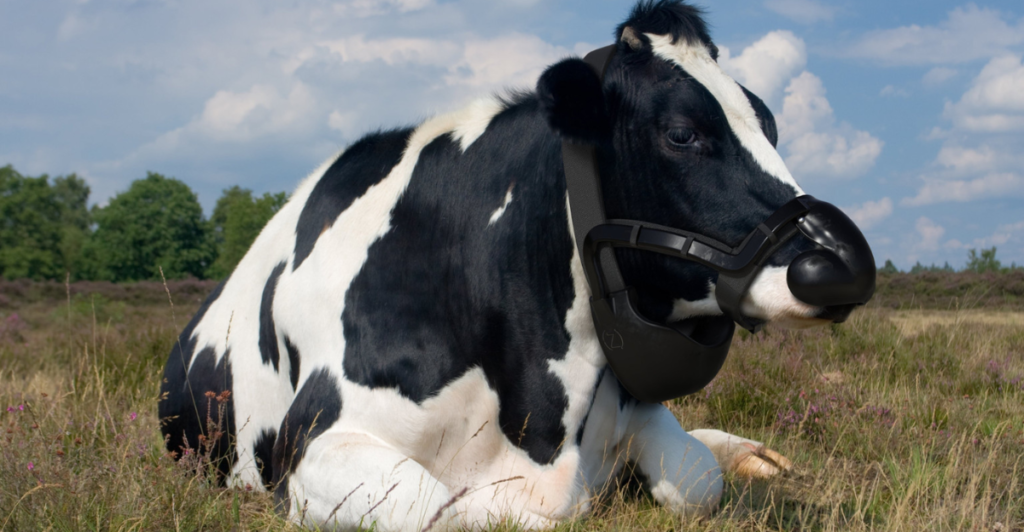
Advanced sensors and AI algorithms are being developed to monitor methane emissions in real-time. These “digital noses” can detect emission levels, allowing farmers to adjust feeding practices and manage herds more effectively. This proactive approach ensures that mitigation strategies are working as intended.
Genetic Selection: Breeding For A Greener Future
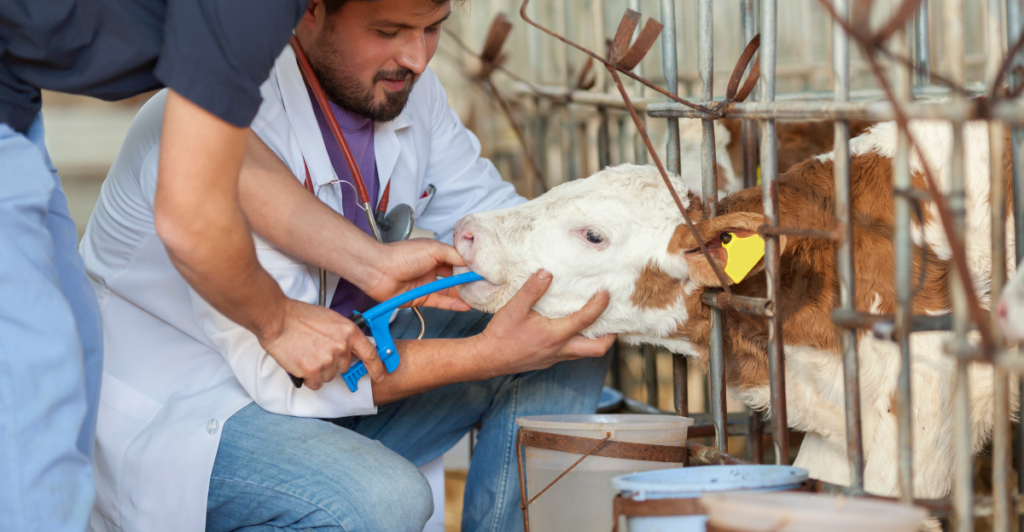
AI is assisting in the genetic analysis of cattle, identifying traits associated with lower methane production. By selecting and breeding individuals with these desirable traits, it’s possible to develop herds that are naturally less gassy, contributing to long-term emission reductions.
Economic Incentives: Making Green Profitable
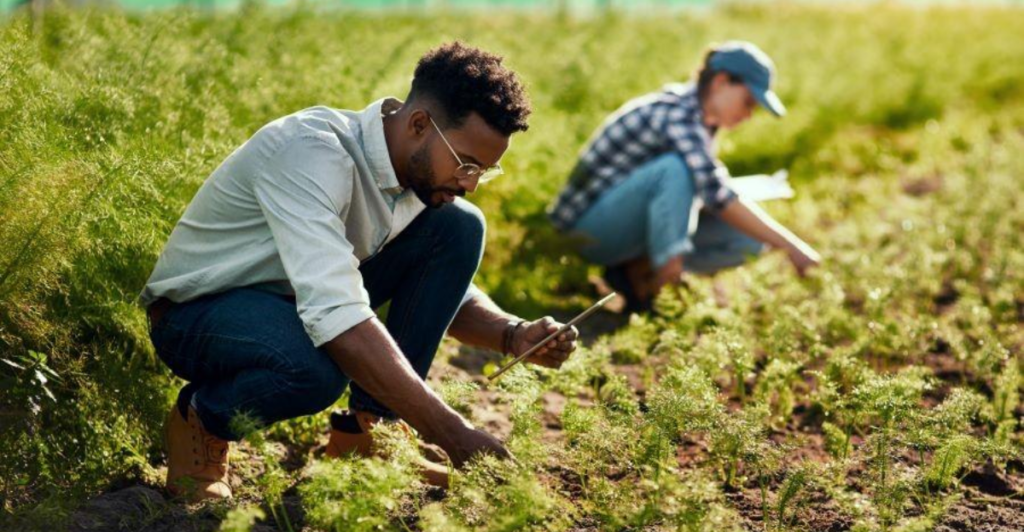
Reducing methane emissions isn’t just good for the planet; it’s also becoming economically advantageous. Carbon credits and sustainability certifications can provide financial incentives for farmers to adopt AI-driven mitigation strategies, aligning environmental and economic interests.
The Road Ahead: Challenges And Opportunities
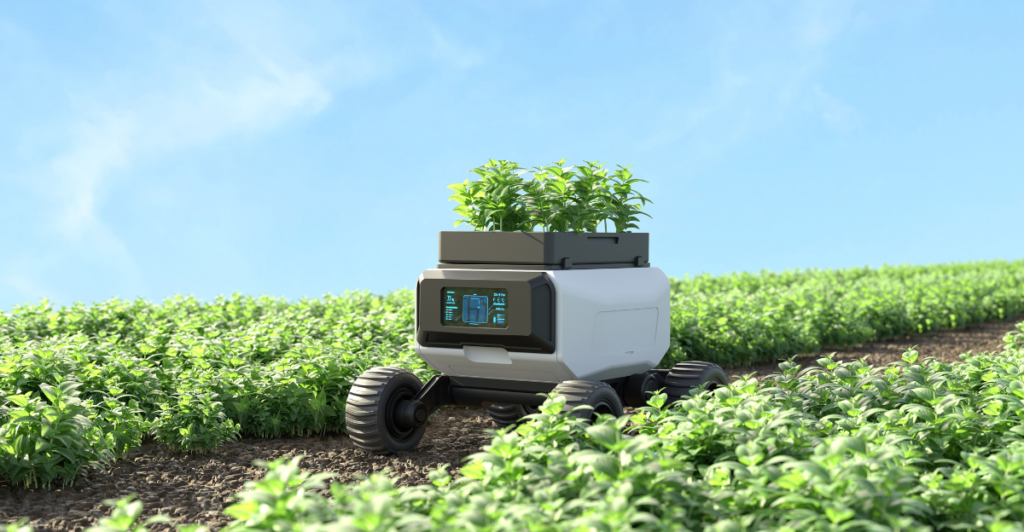
While AI offers promising solutions, challenges remain. Data privacy, the need for extensive datasets, and ensuring accessibility for farmers of all scales are critical considerations. However, with continued research, collaboration, and investment, AI has the potential to transform the livestock industry into a more sustainable and environmentally friendly enterprise. By embracing AI, we can turn the tide in the war on cow-induced methane emissions, leading to a greener future for all.
Discover more of our trending stories and follow us to keep them appearing in your feed

The War on Cows Is Over—And Green Extremists Have Lost
Ranchers Opting For Larger Dogs With US Wolf Population Growing
“There Will Be Eruptions”: Concerns Mount as Yellowstone Supervolcano Activity Shifts
Wolves Still Roam In These States in 2024—Is Yours On The List?
References:
Reference 1
Reference 2
This article first appeared here
Stay connected with us for more stories like this! Follow us to get the latest updates or hit the Follow button at the top of this article, and let us know what you think by leaving your feedback below. We’d love to hear from you!







